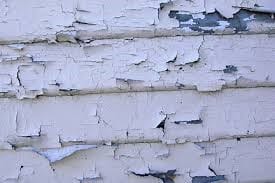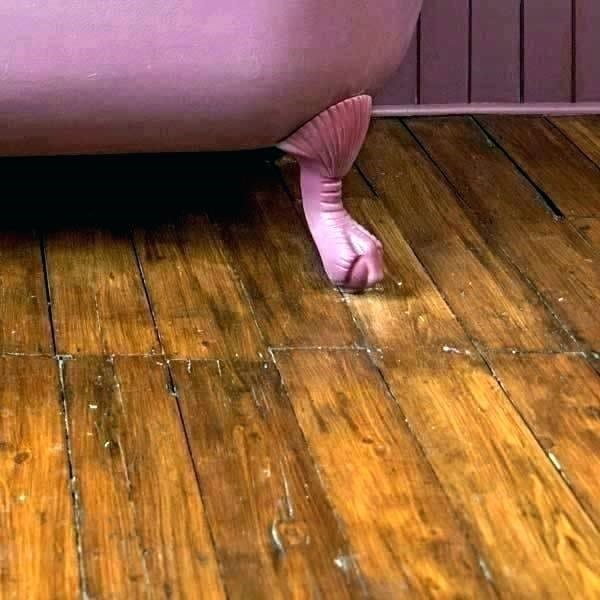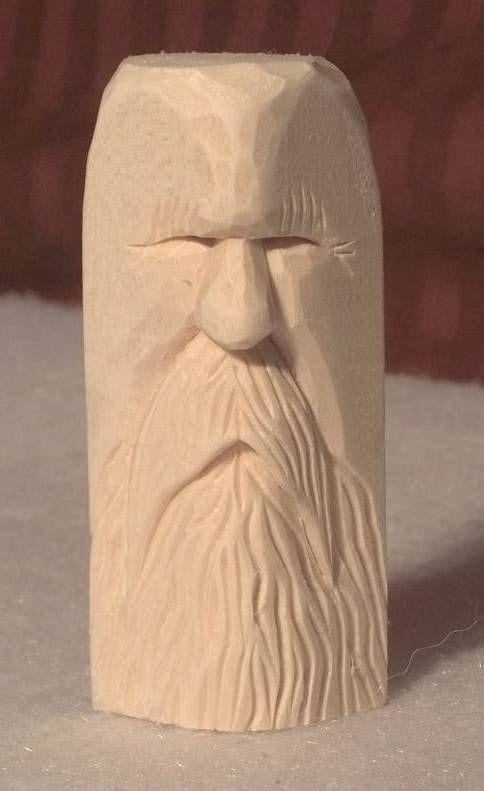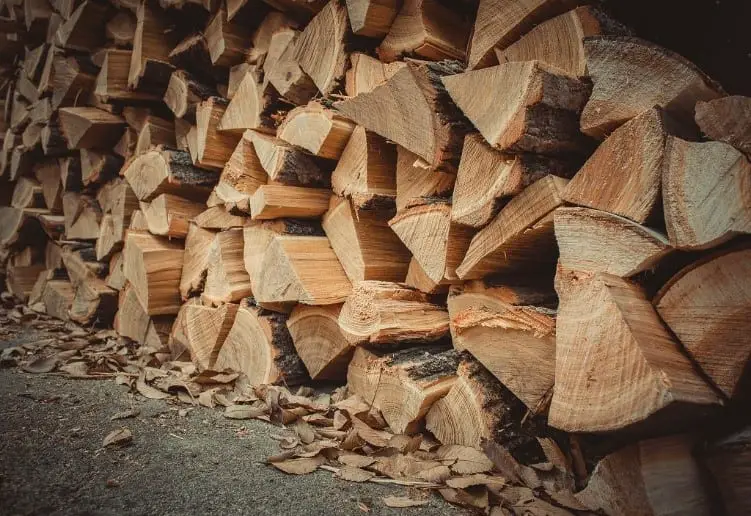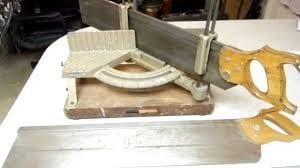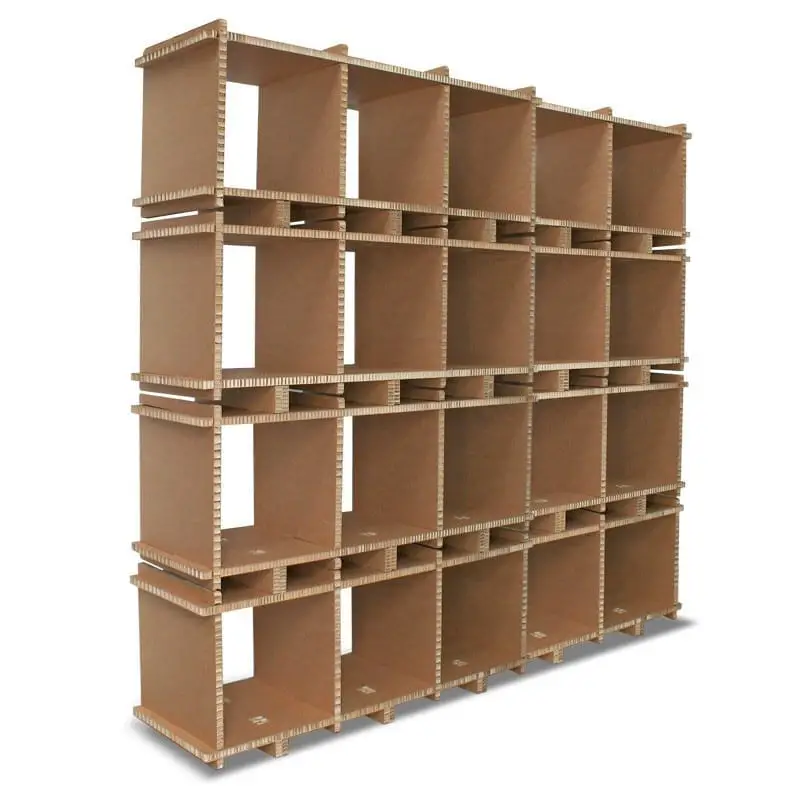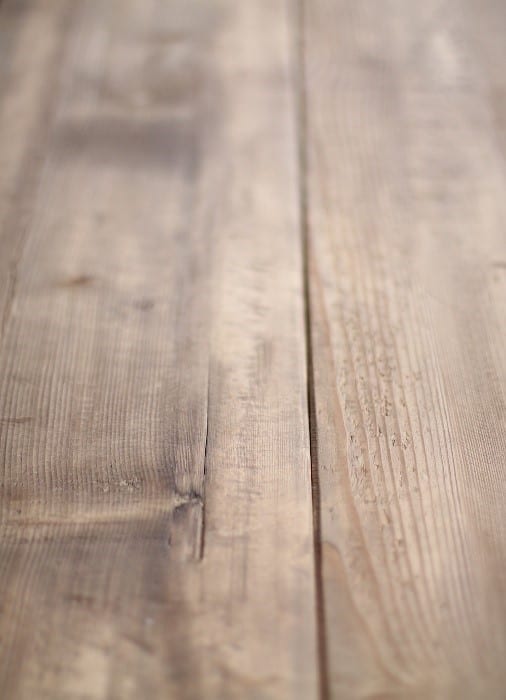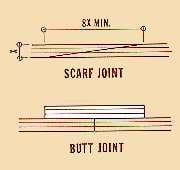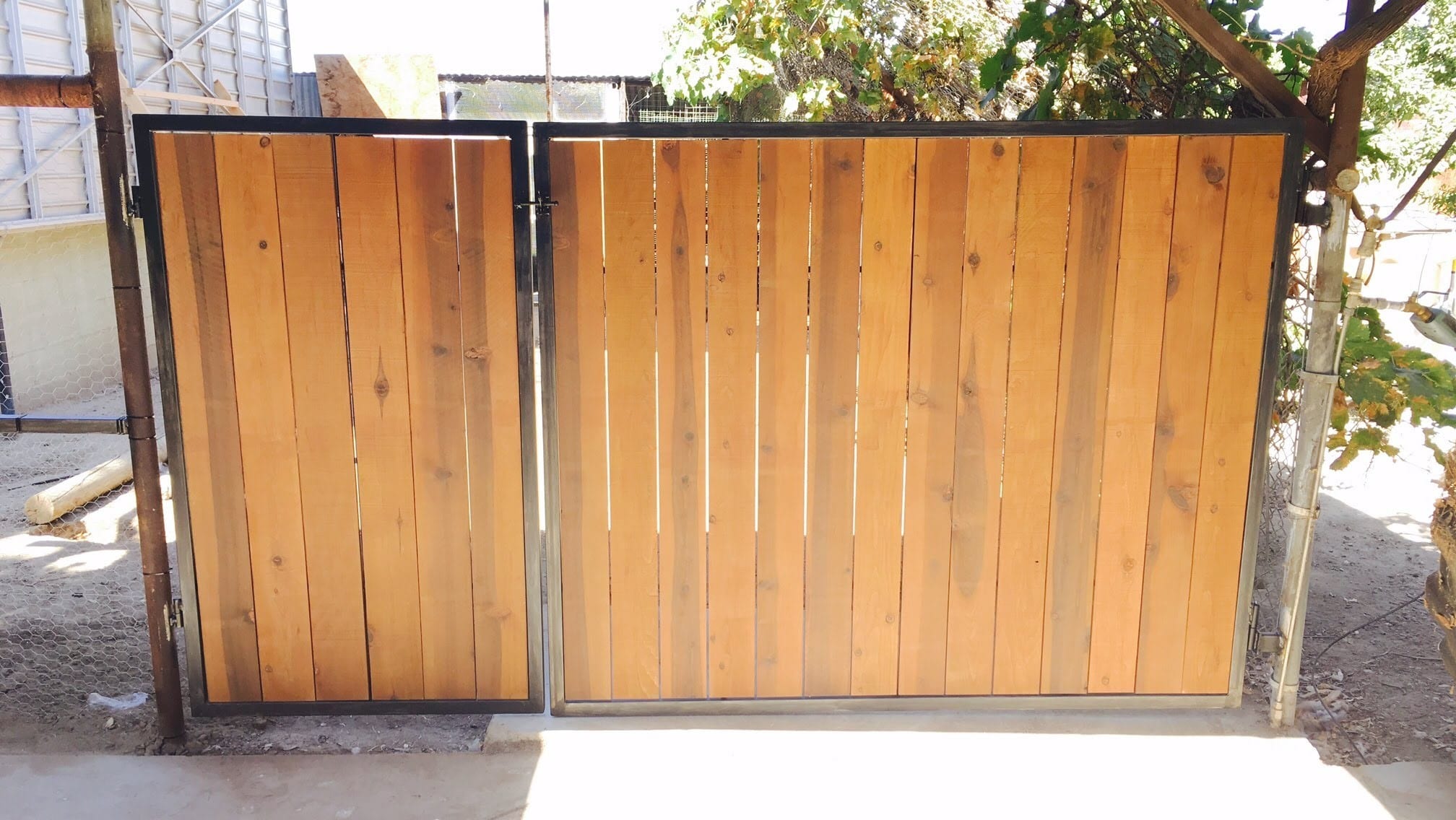Lead is dangerous. When exposed to lead for a long time, people can suffer from anemia, weakness, brain damage, kidney damage, and even death. Lead is toxic especially to children but can also have life-threatening effects on adults.
Now the problem is, most old buildings still have lead paint. If you live in a home or building that has old paint, you are unknowingly exposing yourself and your family and pets to lead.
Removing lead paint from wood
If your home was built before 1978, and you have not made any major renovations then you may need to repaint it to get rid of lead paint on wood and other surfaces. Here is a guide that will show you how.
Things you’ll need
- Protective equipment- long-sleeved shirt, long pants, and washable shoes, disposable coveralls and paper-bootie shoe covers. You also need gloves, goggles and a half-mask respirator with a HEPA (High-Efficiency Particulate Air) filter.
- Plastic sheeting
- Tape
- Water
- Water sprayer
- Detergent soap
- Sandpaper
- Resealable garbage bags
Instructions
1) Test for lead first
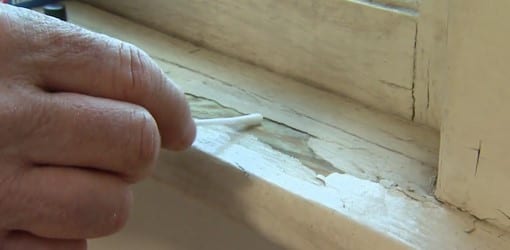
Source: https://www.todayshomeowner.com/video/how-to-determine-if-your-house-has-lead-paint/
The Environmental Protection Agency (EPA) has tested all the DIY testing kits for lead in the market and has approved only two brands: LeadCheck and DLead. Read the manufacturer’s instructions on how to use the kit. The results are shown by a test strip that changes color when it comes in contact with chemicals. Consider hiring a certified professional to test and remove lead paint. Professionals may use x-ray fluorescence technology to determine which paint contains lead. If lead is detected, they will assist you with creating a removal strategy.
2) Creating a safe environment
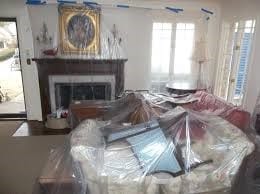
Source: http://picktaz.com/editor/
Shut off all ventilation systems including fans, central heat, and air circulation and furnaces. Close all vents to prevent the spread of lead paint. Keep all windows closed to avoid dust from blowing around.
Block off all vents and openings like air intakes, ductwork, dryer vents, bathroom vents, doorways and windows with one-mil (.001 inch) polyethylene sheeting. Seal doorways with poly sheeting. Secure the plastic sheeting with duct tape.
Tape the plastic to the floor or baseboard at least five feet beyond the area you’re in. Seal the side of the plastic as well. For wall-to-wall carpets; cover these very well. Remove all furniture and other items in the room. If it can’t be removed, cover it with two sheets of heavy duty plastic.
3) Wear appropriate protective gear
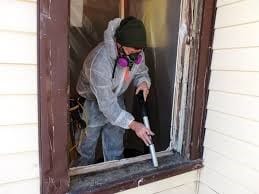
Source: https://www.dailyherald.com/article/20140302/news/140309794/
Wear a long-sleeved shirt, long pants, and washable shoes. Use disposable coveralls and paper-bootie shoe covers. You also need gloves, goggles and a half-mask respirator equipped with a HEPA (High-Efficiency Particulate Air) filter to protect your lungs.
Take a shower as soon as you are done and when exposed to lead dust on your skin. Wash your work clothes in a separate load from the rest of the laundry.
4) Removing lead paint
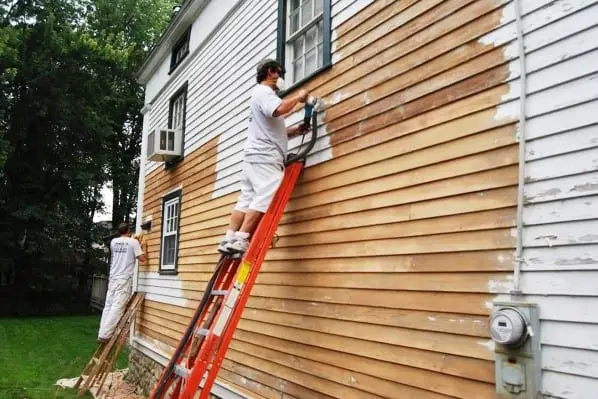
Source: https://hledejodkaz.info/34-removing-paint-from-wood-siding-expert/
Wet down interior surfaces that contain lead paint. Use a water-filled spray bottle to wet the area. Scrape off lead paint using a 2-inch scraper or wire brush. Scrape off flaking paint.
Continually wipe water, dirt, sludge and paint flakes as you work.
Continually wet the surface with the spray bottle as you work to keep the area moist. Sand off any remaining paint. You may use liquid paint removers on small areas, like windowsills, doors, and delicate woodwork. Read the warning labels and follow the instructions.
5) The final clean up
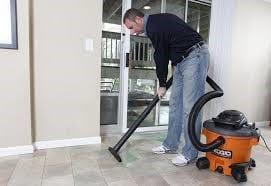
Source: https://www.homedepot.com/c/wet_dry_vacuums_buying_guide
Vacuum the area using a HEPA vacuum. Use the vacuum to pick up as much of the paint chips and dust as possible. Wipe everything down with equal parts of all-purpose cleaner and water in a spray bottle. Soak a paper towel with the solution and begin wiping the work surface. When the paper towel surface gets dirty, use a new one.
Rinse the surface with clean water. Fill a bucket with water, dip a clean cloth in it and start wiping everything down, starting from the top and working your way down. Rinse and wring out the cloth often. Change the water in the bucket often. Double-bag all debris and paint chips and throw them in the proper waste disposal unit.
Conclusion
Paint with lead must be removed and refinished. If you live in an old house still with old paint, you must take actions quickly to remove it. Follow the instructions mentioned and you won’t have to worry about lead effects anymore.
